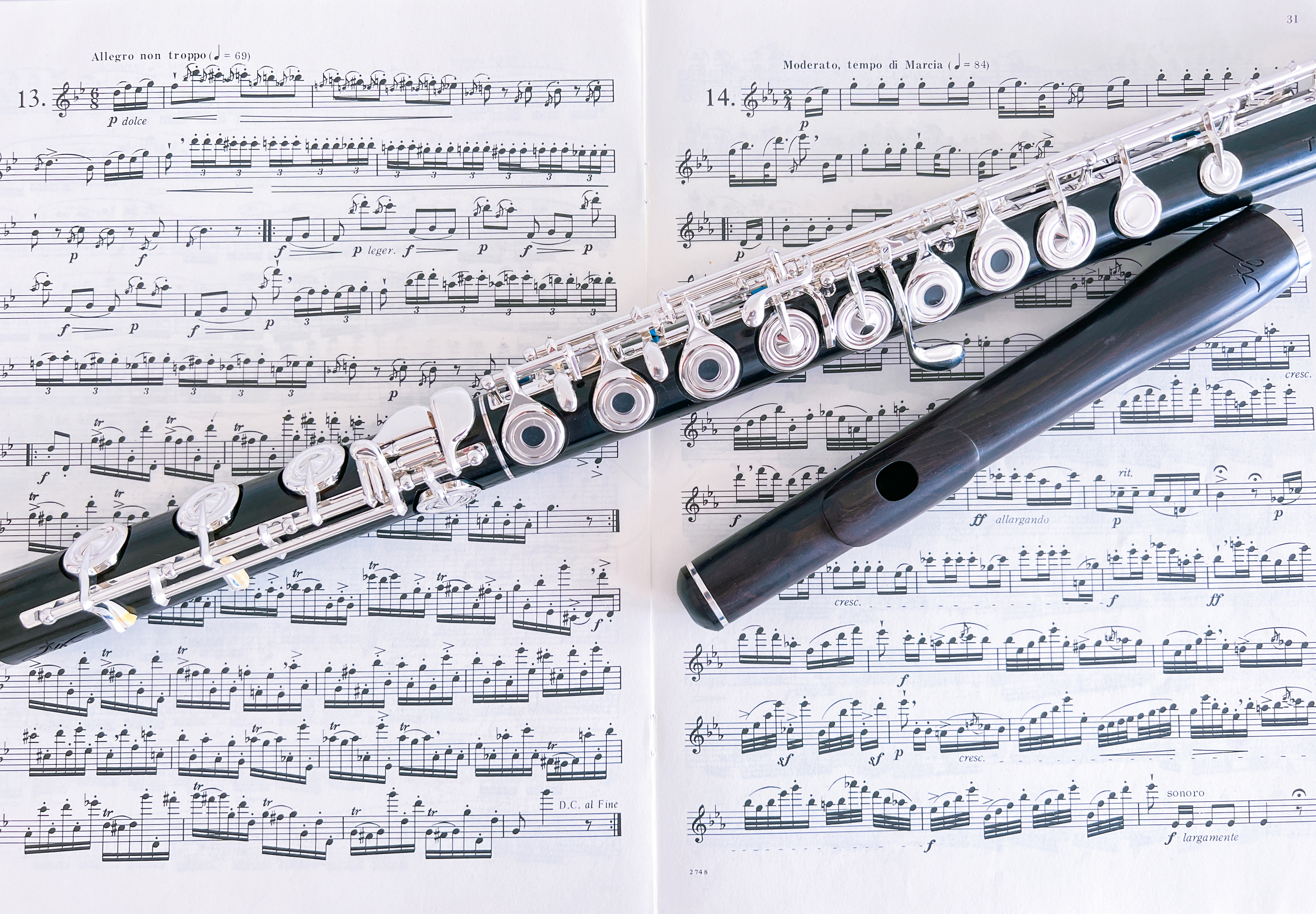Mastering Articulation: Unlocking the Power of Expression in Your Music
Are you ready to take your musical skills to the next level by looking at articulation? Don't worry if you haven't heard that term before – we're here to break it down for you in a friendly and easily understandable way.
Content

So, what exactly is articulation?
In simple terms, it's how you bring life and expression to the notes you play on your instrument. It's like adding different flavours to your musical dish, making it more captivating to the ears of your listeners.
Think of articulation as the secret ingredient that can transform a simple melody into a breathtaking masterpiece. By using various techniques, you can control the length, emphasis, and style of each note you play. This allows you to convey different emotions and create your unique musical signature.
Remember, articulation is not just about playing the right notes at the right time; it's about infusing each note with character and intention. By learning how to vary your tone, attack, and release, you can create musical phrases that will truly captivate your audience.
Common Articulation Techniques
Let's dive a little deeper into the world of articulations and explore some common techniques that can add flair and emotion to your music.

-
Staccato: This technique involves playing a note or series of notes with a short, distinct sound. It's like giving each note a quick, snappy punch. To achieve a staccato effect, you can use your fingers, tongue or bow to create a clean and detached sound. Staccato adds a playful and energetic quality to your music. In sheet music, staccato notes are typically indicated by a small dot placed above or below the note. This dot indicates that the note should be played shorter than its written duration. It's important to create a clear separation between staccato notes, giving them a crisp and distinct sound.
-
Legato: Unlike staccato, legato is all about creating smooth and connected notes. When playing legato, you aim to eliminate any gaps or interruptions between the notes, allowing them to flow seamlessly into one another. This technique adds a sense of fluidity and grace to your music. Legato is often indicated by a curved line, known as a slur, connecting a group of notes. This line tells you to smoothly connect the notes, without any breaks or interruptions. It's important to maintain a smooth and continuous sound while playing legato.
-
Accent: Imagine emphasizing a particular note in a musical phrase, giving it a little extra oomph. That's what accents are all about. By playing a note with more force or volume, you can make it stand out from the surrounding notes. Accents are excellent for creating dynamic contrast and grabbing the listener's attention. Accents are typically represented by a small wedge-like symbol (>) placed above or below the note. This symbol indicates that the note should be played with a stronger emphasis or slightly more force than the surrounding notes. Accents help to create dynamic contrast and highlight specific notes or phrases.
-
Marcato: Marcato is similar to an accent, but it involves playing a note with a strong, pronounced attack followed by a slightly shorter duration. It's like adding a punch and then quickly releasing it. Marcato notes have a distinct and powerful sound, making them perfect for creating a sense of emphasis or drama. In sheet music, marcato is often indicated by a combination of an accent symbol and a staccato dot above or below the note.
-
Tenuto: When you see a tenuto mark above a note, it means to hold that note for its full duration. It's like giving the note a little extra weight and allowing it to ring out fully. Tenuto adds a sense of stability and importance to the note, making it a valuable tool for shaping phrases and expressing musical ideas. Tenuto is denoted by a horizontal line placed above or below the note. While playing tenuto notes, you should focus on sustaining the sound without rushing to the next note.
-
Pizzicato: This technique is specific to string instruments, such as the violin or cello. It involves plucking the strings with your fingers instead of using the bow. Pizzicato produces a sharp and percussive sound, allowing for rhythmic and playful effects. When you encounter pizzicato markings, you should use your finger(s) to pluck the string(s), creating a distinctive sound.
Conclusion
These are just a few examples of articulations, and there are many more to explore. Each instrument has its unique set of articulation techniques, so it's essential to familiarize yourself with the possibilities specific to your instrument. By paying attention to these markings and following the notations in the sheet music, you can accurately execute the desired articulation and bring out the intended expression in your music.
If you're interested in delving deeper into the world of music articulation, we suggest you take a look at our article on Phrasing and Slurs. It will provide you with further insights and techniques to enhance your overall musical expression.
Now, you might be wondering how you can develop your articulation skills. Well, one excellent way is to seek guidance from a music teacher who specialises in music theory. They can provide you with valuable insights and techniques that will enhance your understanding of articulation and help you apply it to your instrument. They will not only teach you the ins and outs of articulation but also help you grasp other essential musical concepts. Don't forget to take a look at our Glossary of Musical Terms - a handy guide to help start your musical journey.
So, embrace the world of articulation, experiment with different techniques, and let your musical expression soar. With practice, you'll soon discover the incredible power of articulation in shaping your musical voice.
